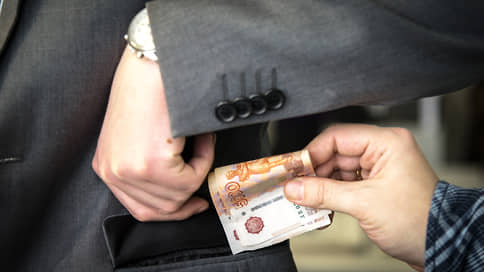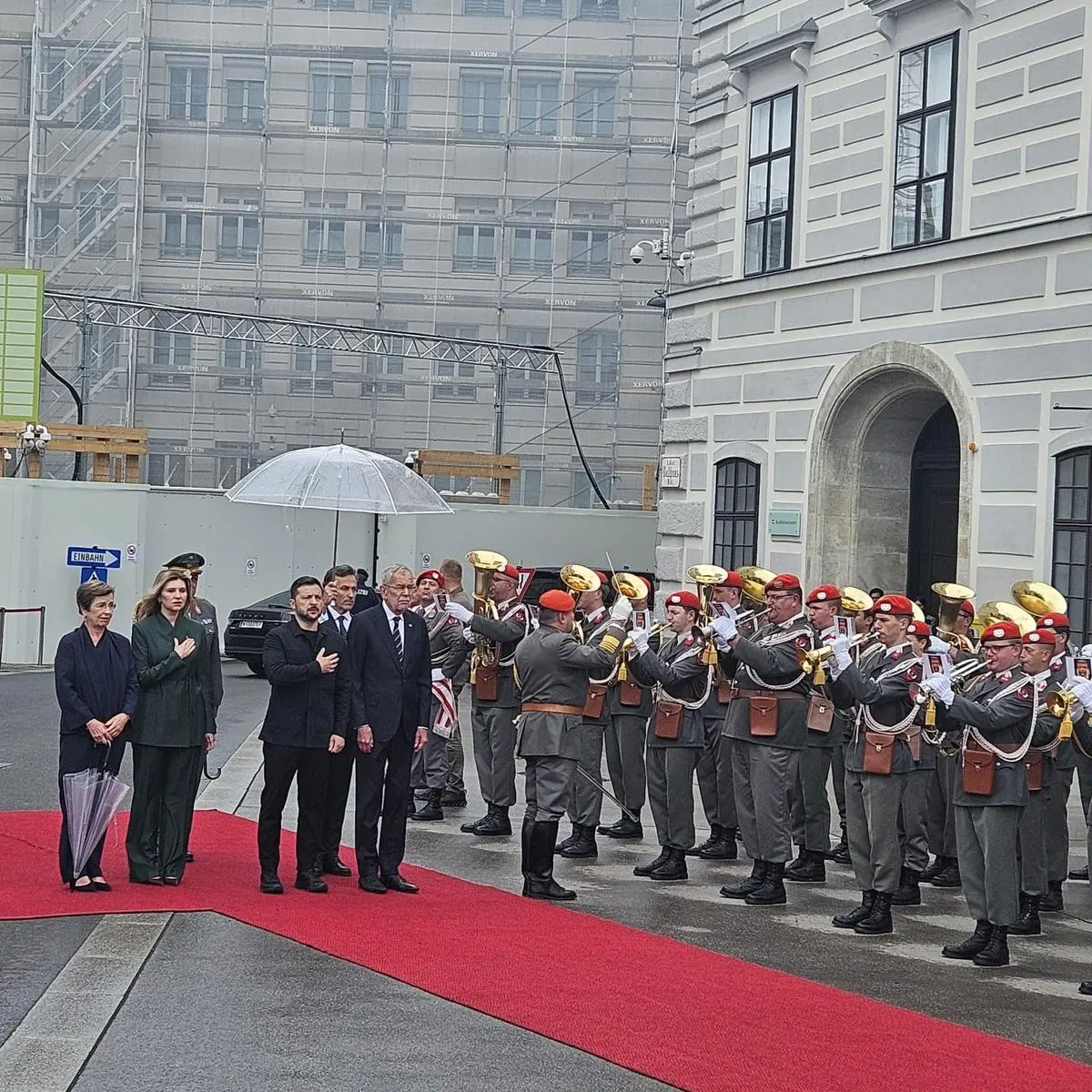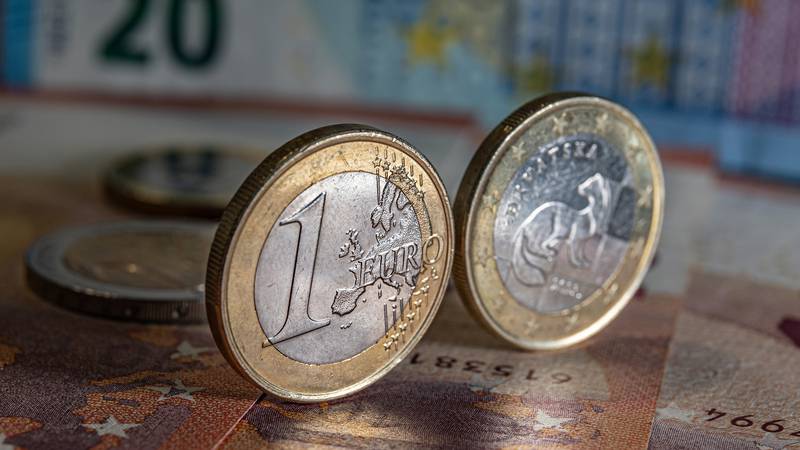Russian issuers massively place currency bonds

For April, issuers placed six foreign exchange issues worth more than $ 1.5 billion (in equivalent). The activity of issuers in this segment remains high, and companies such as Gazprom and Alrosa first entered the market. Companies save on interest expenses (compared to ruble papers), and investors protect savings from a possible weakening of the Russian currency. Market participants expect to preserve the high activity of issuers and the emergence of new issuers that have not previously placed currency papers.
On the eve of the May holidays, Russian issuers held a massive signature campaign for foreign currency bonds. From 10 to 29 April, they closed books for six releases worth more than $ 1.5 billion (in equivalent). This result was a little less than in March (five issues per $ 1.9 billion), but more than in February (three issues of $ 1.1 billion). At the same time, in April, large issuers did not offer issues in the yuan, while in the previous two months the volume of issues in the Chinese currency reached 7.35 billion CNY.
At the same time, in April, companies also placed additional issues (in particular, Norilsk Nickel – $ 200 million), and releases in the new currency (Akron – $ 200 million, previously placed bonds in the yuan). New issuers also appeared: Gazprom posted two issues in dollars and euros – $ 350 million and € 350 million and (See “Kommersant” from April 11), the diamond company Alrosa is $ 350 million.
4.4 billion dollars
They attracted Russian issuers in the debt market in February – April of 2025.
In conditions of high ruble rates, the release of foreign currency bonds can reduce the cost of borrowing. All the placement of dollar bonds held in April passed with a profitability of 6.7–13.7% per annum. The profitability of ruble papers similar in quality to issuers was 17–21% per annum. The head of the debt capital of Alfa-Bank, Artem Starikov, notes that exporters are also attracted by the possibility of natural hedge of foreign exchange output. “It is important for companies to correlate the structure of duty with the revenue currency, especially in conditions of high volatility and trade restrictions. Businesses working with Asia are chosen by yuan, exporters for other markets – a dollar, ”said Robert Smakaev, head of the Department of Commerce Bank Markets.
Interest in such papers is also shown by a wide circle of investors against the background of strengthening the ruble. In April, the average dollar exchange rate in the over -the -term market was 83.4 rubles/$, which is 7.7% lower than the average of March and almost 25% lower than the beginning of the beginning of the year. “There was a consensus on the market that the current quotes of the ruble to the dollar offer an optimal point of entering the currency risk and the adoption of a foreign exchange exposition. Together with the expectations of the weakening of the ruble to the dollar in the medium term, investors are in a hurry to enter the currency hedging tools, ”said Edward Dzhabarov, head of the Sberbank capital market.
According to the forecast of Goldman Sachs analysts, released in mid -April, the dollar rate in the summer can reach 100 rubles./$, In 2026, it can rise to 120 rubles./$.
Analysts of Russian banks are more optimistic in relation to the Russian currency, but also do not exclude its weakening.
The chief economist of Zenit Bank Marina Nikishova does not exclude the fact that by the end of the second quarter the weakening of the ruble will begin. “In the summer, the demand for currency is traditionally grown from both the population and due to seasonal imports of imports. At the same time, exports against the background of decreasing oil prices will fall, which will lead to an imbalance of export-import operations, ”the expert notes. As a result, the dollar exchange rate at the end of the second quarter of 2025 may approach up to 90 rubles/$, and by the end of the year, in the base scenario, the expected range will be 95–97 rubles/$.
However, in the case of improving foreign policy conditions, the achievement of agreements on the Ukrainian crisis, a partial removal of American sanctions, the ruble can maintain positions. However, “the lack of progress in negotiations, tightening external restrictions will contribute to the fact that the ruble will significantly surrender its positions,” Ms. Nikishova points out.
In connection with the preservation of the needs of the largest Russian exporters in currency financing, market participants are waiting for the maintenance of high activity in the debt market. Eduard Dzhabarov does not exclude the appearance of companies on the market that have not yet come out with local currency instruments. This will be facilitated by repayment of both replacement and Yuan bonds issued in 2022.







